Can Therapeutic Grade Essential Oils Be Used on Skin
Have you ever wondered about the benefits of using therapeutic oils on your skin?
We will explore the differences between therapeutic grade and regular essential oils, the advantages and risks of using them on your skin, and the best ways to incorporate them into your skincare routine.
From popular oils like lavender and tea tree to tips for different skin types, we will cover everything you need to know about using therapeutic grade essential oils for healthy, glowing skin.
Key Takeaways:
What Are Therapeutic Grade Essential Oils?
Therapeutic Grade Essential Oils are plant extracts known for their potent therapeutic properties that benefit health and well-being. These oils are typically derived through steam distillation or cold pressing, preserving the aromatic and therapeutic qualities of the plants.
One of the key factors that distinguish therapeutic grade essential oils from others is the purity and quality of the extraction process. Therapeutic grade oils are carefully sourced from organic plants, ensuring that no synthetic chemicals or additives are present. This purity is crucial in maintaining the oils’ natural healing properties.
How Are Therapeutic Grade Essential Oils Different from Regular Essential Oils?
The main distinction between Therapeutic Grade Essential Oils and regular essential oils lies in their purity and quality. Therapeutic grade oils undergo strict standards of production, ensuring high quality and efficacy compared to regular oils.
For therapeutic grade oils, the production process involves meticulous attention to detail and adherence to specific guidelines set forth by reputable organizations in the aromatherapy industry. This includes careful sourcing of raw materials, precise distillation methods, and rigorous quality control checks throughout the entire process. These oils are often subjected to third-party testing to validate their purity and potency, providing consumers with confidence in their therapeutic benefits.
Can Therapeutic Grade Essential Oils Be Used on Skin?
Therapeutic Grade Essential Oils can be effectively used on the skin for various purposes due to their beneficial properties. However, proper dilution and caution should be exercised to ensure safety and avoid adverse reactions.
What Are the Benefits of Using Therapeutic Grade Essential Oils on Skin?
Using Therapeutic Grade Essential Oils on the skin offers a wide range of benefits, including improved skin health, relaxation of muscles, enhanced circulation, and overall well-being.
When you carefully select and apply these high-quality oils, your skin can experience a beautiful transformation. Essential oils are rich in antioxidants and can help combat signs of aging, soothe irritation, and promote a healthy complexion. Massaging these oils onto your skin can also relieve tension and stress, allowing your muscles to unwind and relax. The aromatic properties of these oils can positively impact your mood and mental state, contributing to an overall sense of well-being.
What Are the Risks of Using Therapeutic Grade Essential Oils on Skin?
While therapeutic grade essential oils have many benefits for the skin, there are risks associated with improper use, including skin irritation, photosensitivity, and allergic reactions.
It is crucial to recognize that essential oils are highly concentrated extracts from plants and can cause adverse reactions when used undiluted or in high concentrations.
Exposure to certain oils, such as citrus oils, in direct sunlight can lead to phototoxicity, where the skin becomes more sensitive to UV radiation, resulting in burns or discoloration. This emphasizes the significance of research and understanding the specific properties of each oil before application.
What Are the Best Ways to Use Therapeutic Grade Essential Oils on Skin?
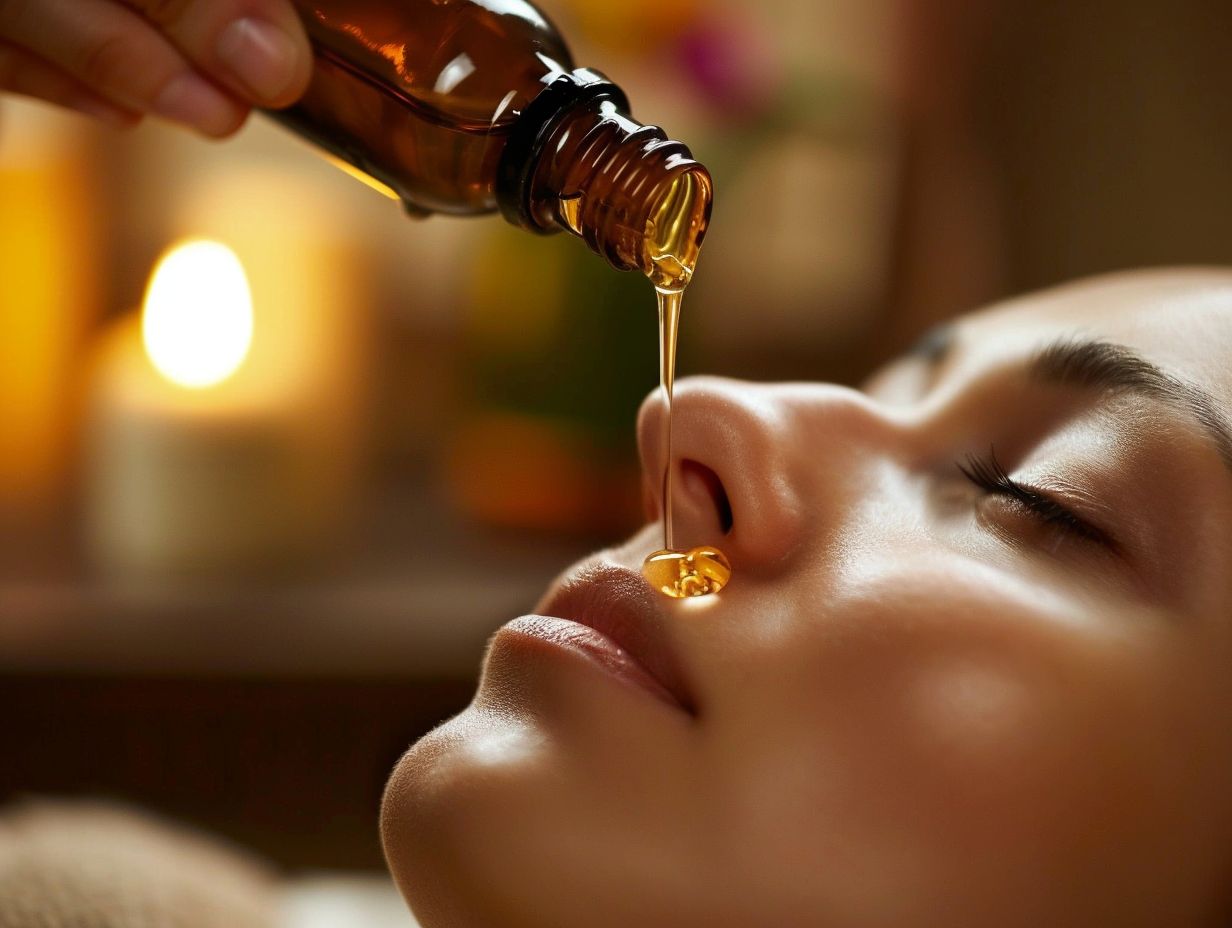
When diluting essential oils for massage, it’s crucial to adhere to safe dilution ratios to prevent skin irritation. A commonly recommended ratio is 2-3 drops of essential oil per teaspoon of carrier oil.
For bath incorporation, ensure to mix the essential oils with a dispersant like Epsom salts or a carrier oil to prevent essential oils on skin and enhance their dispersal in the water.
When using a diffuser, consider the size of the room and adjust the number of drops accordingly. Different oils have varying potency, so start with a conservative amount and increase as needed to find your ideal level of aroma.
What Are the Most Common Therapeutic Grade Essential Oils Used on Skin?
Some of the most common Therapeutic Grade Essential Oils used on the skin include Lavender, Tea Tree, Frankincense, Peppermint, and Lemon oils. Each of these oils offers unique benefits for skin health and well-being.
Let’s delve deeper into the specific benefits and applications of these popular essential oils for skincare:
- Lavender Oil: Known for its calming properties, Lavender oil is great for soothing irritated skin, reducing redness, and promoting relaxation. It can also help with acne-prone skin due to its antibacterial properties.
- Tea Tree Oil: With its powerful antiseptic and anti-inflammatory properties, Tea Tree oil is a go-to for treating acne, reducing blemishes, and soothing inflamed skin.
- Frankincense Oil: Renowned for its rejuvenating properties, Frankincense oil helps to reduce the appearance of fine lines and wrinkles, tighten skin, and improve overall skin tone.
- Peppermint Oil: Refreshing and invigorating, Peppermint oil is excellent for alleviating itchiness, soothing sunburn, and providing a cooling sensation to the skin.
- Lemon Oil: Packed with antioxidants, Lemon oil brightens dull skin, evens out skin tone, and helps reduce excess oil production, making it ideal for oily and acne-prone skin.
Lavender Essential Oil
Lavender Essential Oil is renowned for its soothing properties when applied to the skin. It aids in relaxation, promotes healthy skin, and may help alleviate skin irritations.
Due to its calming effects, Lavender Essential Oil is commonly used in skincare products such as lotions, creams, and masks. Its natural anti-inflammatory and antioxidant properties make it a great choice for reducing redness, irritation, and skin sensitivity. When applied topically, it can help improve the overall appearance of the skin, leaving it looking refreshed and rejuvenated.
The gentle yet effective nature of Lavender Essential Oil makes it suitable for all skin types, including sensitive and acne-prone skin. Its antibacterial properties can help combat acne-causing bacteria, while its moisturizing abilities keep the skin hydrated and balanced.
Tea Tree Essential Oil
Tea Tree Essential Oil is widely used for its antibacterial properties, making it beneficial for treating acne and other skin conditions.
When Tea Tree Essential Oil is applied topically, it acts as a natural purifier for the skin, helping to combat acne-causing bacteria while also soothing irritation and redness. Its anti-inflammatory effects can provide relief for those suffering from inflamed and irritated skin.
Frankincense Essential Oil
Frankincense Essential Oil is prized for its anti-aging properties on the skin.
This essential oil is renowned for its ability to stimulate cell regeneration, aiding in the replacement of damaged cells with new, healthy ones, thereby contributing to a more youthful complexion. Its potent antioxidant properties help combat free radicals, which are known to accelerate the aging process. By promoting collagen production, it aids in reducing the appearance of fine lines and wrinkles, ultimately leading to smoother, firmer skin. The skin’s elasticity is also enhanced, resulting in a more supple and radiant appearance.
Peppermint Essential Oil
Peppermint Essential Oil provides a cooling sensation when applied to the skin, making it ideal for soothing muscle aches, enhancing circulation, and refreshing tired skin.
This invigorating oil is renowned for its ability to stimulate blood flow, which can promote quicker recovery after physical exertion. The cooling effect not only feels refreshing on the skin but also helps reduce inflammation and swelling. Whether used in massage oils or added to skincare products, the Peppermint Essential Oil is a versatile ingredient that can bring a sense of relaxation and rejuvenation to your skin. Its minty aroma further adds a revitalizing element, creating a spa-like experience in the comfort of your own home.
Lemon Essential Oil
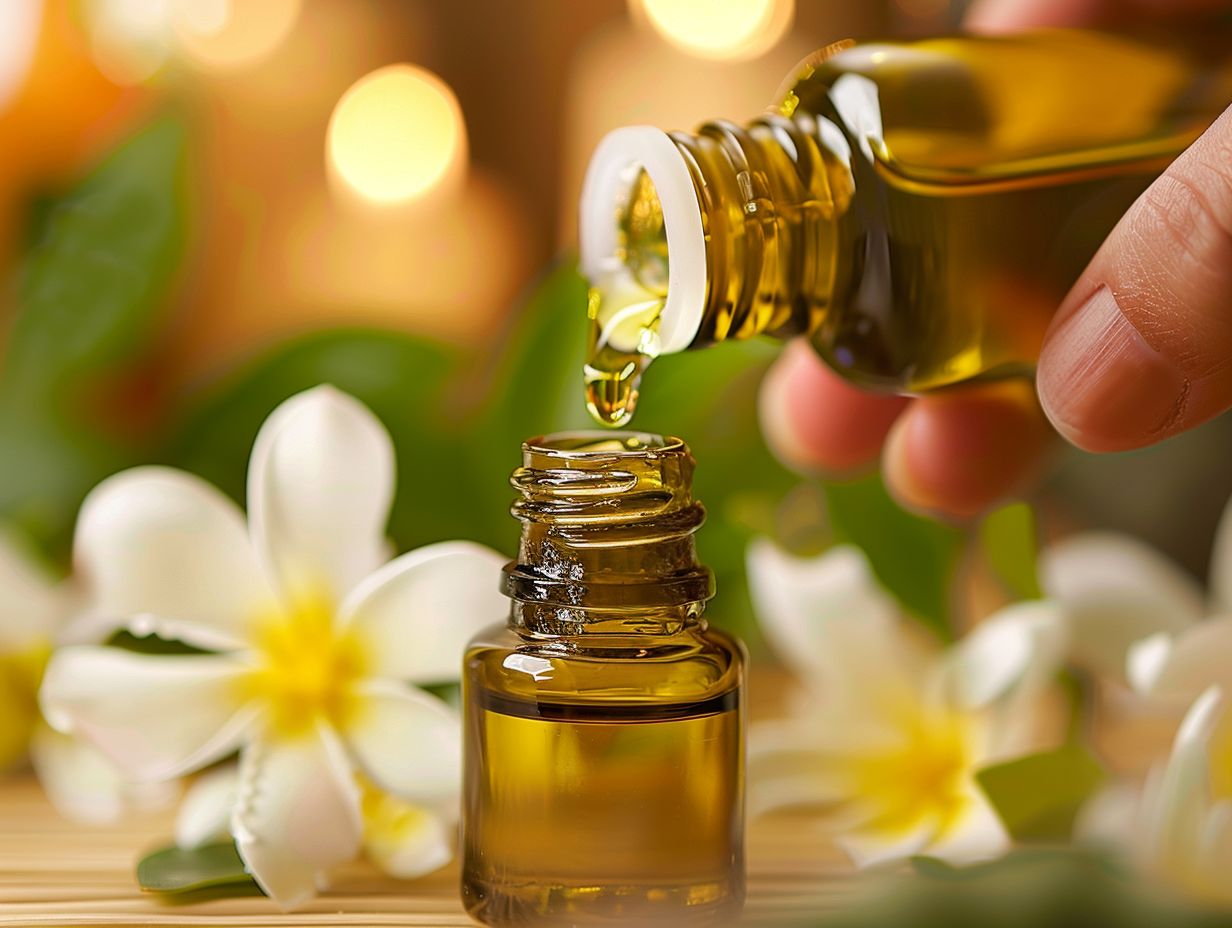
When used as a natural remedy for hyperpigmentation, Lemon Essential Oil can significantly fade dark spots and blemishes. Its high vitamin C content aids in brightening the skin and promoting a radiant complexion. The astringent properties of the oil work wonders in tightening pores, reducing excess oil, and improving skin clarity. The antiseptic nature of Lemon Essential Oil may help in fighting acne and preventing future breakouts, resulting in a smoother and clearer complexion. Incorporating this versatile oil into your skincare routine can lead to healthier, more luminous skin.
How Can Therapeutic Grade Essential Oils Be Used for Different Skin Types?
Therapeutic Grade Essential Oils can be tailored for various skin types, including oily, dry, acne-prone, and sensitive skin. Understanding the specific needs of each skin type helps in selecting the right oils for optimal results.
For oily skin, essential oils like tea tree, lavender, and geranium can help regulate sebum production and reduce breakouts, while for dry skin, rosehip seed oil and sandalwood can provide intense hydration and nourishment.
Those with acne-prone skin can benefit from the antibacterial properties of oils like essential oils skin wear, helping to clear pores and prevent future blemishes.
Sensitive skin types may find relief with soothing oils such as chamomile and calendula, known for their calming and anti-inflammatory effects.
Oily Skin
For individuals with oily skin, using Therapeutic Grade Essential Oils that help balance sebum production can be beneficial. Lightweight oils like Jojoba or Tea Tree can regulate oiliness and prevent clogged pores.
It is crucial to choose essential oils specifically targeting sebum regulation, as excessive oil production can lead to acne breakouts and skin congestion. Tea Tree oil, known for its antibacterial properties, can effectively combat acne-causing bacteria while reducing inflammation. On the other hand, Jojoba oil closely resembles the skin’s natural sebum, making it a suitable option to trick the skin into producing less oil.
When incorporating essential oils into your skincare routine, it is recommended to dilute them with a carrier oil to prevent skin irritation. Consider using a gentle cleanser and moisturizer that complement the oil-balancing properties of these essential oils to achieve optimal results.
Dry Skin
Individuals with dry skin can benefit from Therapeutic Grade Essential Oils that offer deep hydration and nourishment. Oils like Almond or Coconut can moisturize and soothe dry patches effectively.
Almond oil, known for its rich emollient properties, deeply penetrates the skin to provide intense hydration, leaving the skin feeling soft and supple.
On the other hand, Coconut oil is renowned for its soothing effects, reducing inflammation and irritation, making it a perfect choice for calming dry, irritated skin with essential oils.
By incorporating these essential oils into your daily skincare routine, individuals with dry skin can experience relief from tightness and flakiness, promoting a healthy, glowing complexion.
Acne-prone Skin
Managing acne-prone skin with Therapeutic Grade Essential Oils known for their antibacterial and anti-inflammatory properties can help reduce blemishes and promote clearer skin. Tea Tree or Lavender oils are excellent choices for acne-prone skin.
Tea Tree oil is highly regarded for its potent antibacterial properties, effectively targeting acne-causing bacteria and preventing further breakouts. Its anti-inflammatory nature also helps soothe redness and swelling associated with acne, promoting faster healing.
Lavender oil, on the other hand, not only calms the skin but also aids in balancing oil production, crucial for those with acne-prone skin. Its gentle yet powerful properties make it suitable for all skin types, providing a holistic approach to blemish control.
Sensitive Skin
Sensitive skin requires gentle care with Therapeutic Grade Essential Oils that are soothing and calming.
These oils, like Chamomile or Aloe Vera, offer natural remedies to address the common issues sensitive skin faces, such as redness and irritation. Can I Use Essential Oils on My Skin?
Incorporating these essential oils into your skincare routine can provide relief without harsh chemicals. Chamomile, known for its anti-inflammatory properties, can soothe irritation, while Aloe Vera’s hydrating qualities help in maintaining skin’s moisture barrier. Learn more about safe essential oils for skin.
By choosing products infused with these calming oils, individuals with sensitive skin can experience comfort and improved skin health.
Conclusion: Is It Safe to Use Therapeutic Grade Essential Oils on Skin?
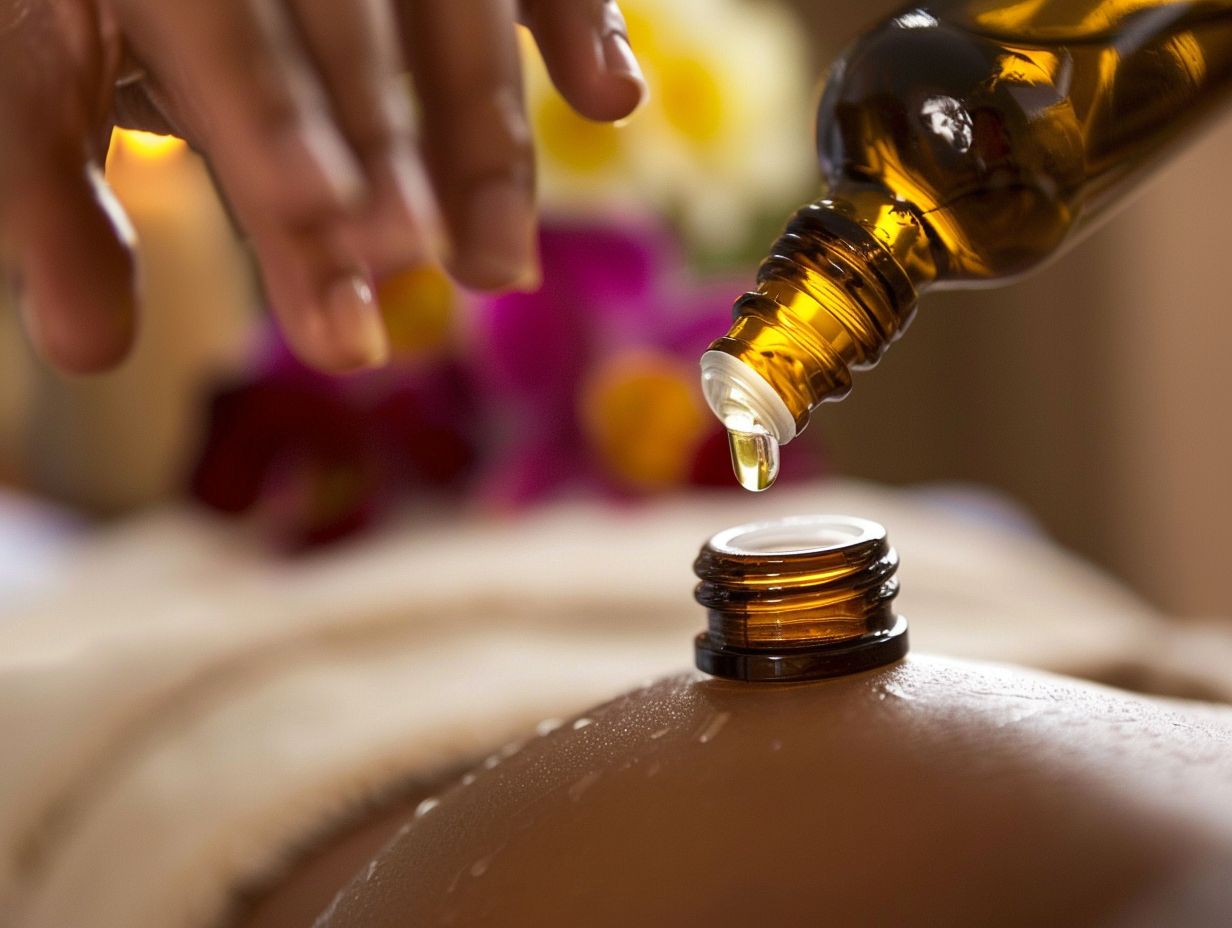
Regarding dilution, it is important to remember that highly concentrated essential oils should always be mixed with a carrier oil to reduce the risk of irritation or adverse reactions. Proper dilution ratios, such as 1-2% for regular use or up to 5% for specific treatments, can help ensure that the oils are gentle yet effective on the skin.
Adhering to guidelines provided by reputable sources, such as aromatherapy experts or manufacturers, is essential to ensure correct application and avoid mishaps. Pursonic essential oils on skin for each oil and being aware of any contraindications for certain oils is crucial in maintaining skin safety.
Individual sensitivities play a significant role in how the skin reacts to essential oils. Conducting a patch test on a small area of skin before regular use can help identify any potential allergic reactions or sensitivities. It’s vital to listen to your skin and adjust usage accordingly based on its response to different oils.
Frequently Asked Questions
Can therapeutic grade essential oils be used on skin?
Yes, therapeutic grade essential oils can be used on skin. However, it is important to dilute them properly with a carrier oil before applying them to the skin to avoid irritation.
What are therapeutic grade essential oils?
Therapeutic grade essential oils are pure, natural plant extracts that have been carefully steam distilled or cold-pressed from plants. They are free from synthetic additives and contaminants.
Are all essential oils safe to use on skin?
No, not all essential oils are safe to use on skin. Some oils may cause irritation or allergic reactions. It is important to research and properly dilute essential oils before using them on the skin.
How do I properly dilute therapeutic grade essential oils for skin use?
The recommended dilution ratio for therapeutic grade essential oils for skin use is 1-2 drops of essential oil per teaspoon of carrier oil. This may vary depending on the oil and individual sensitivities.
Can therapeutic grade essential oils be used for all skin types?
While many therapeutic grade essential oils are safe to use on all skin types, it is important to research and test the oils on a small patch of skin before using them on larger areas of the body. Some oils may be more suitable for certain skin types or conditions.
What are the benefits of using therapeutic grade essential oils on skin?
Therapeutic grade essential oils have many potential benefits for skin, including moisturizing, soothing, and promoting healthy skin cells. They can also help address specific skin concerns such as acne, aging, and inflammation.

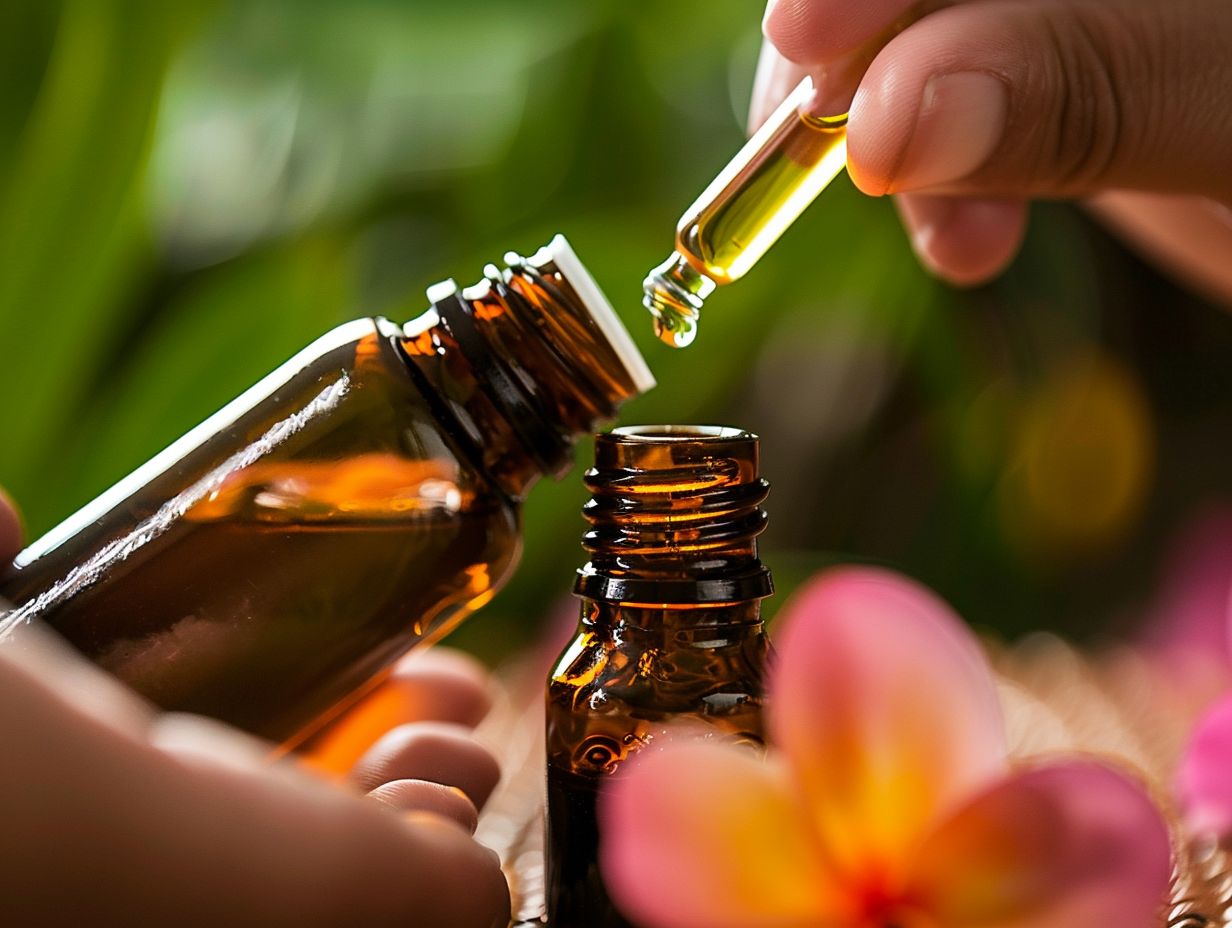
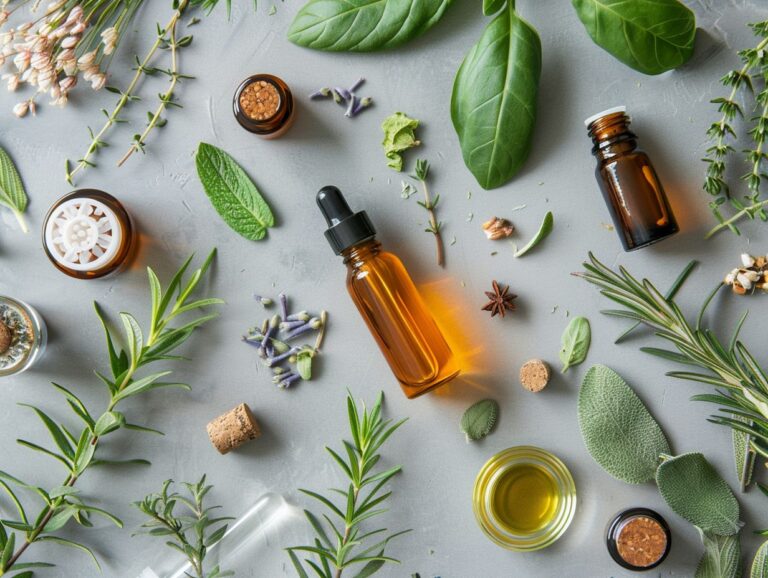
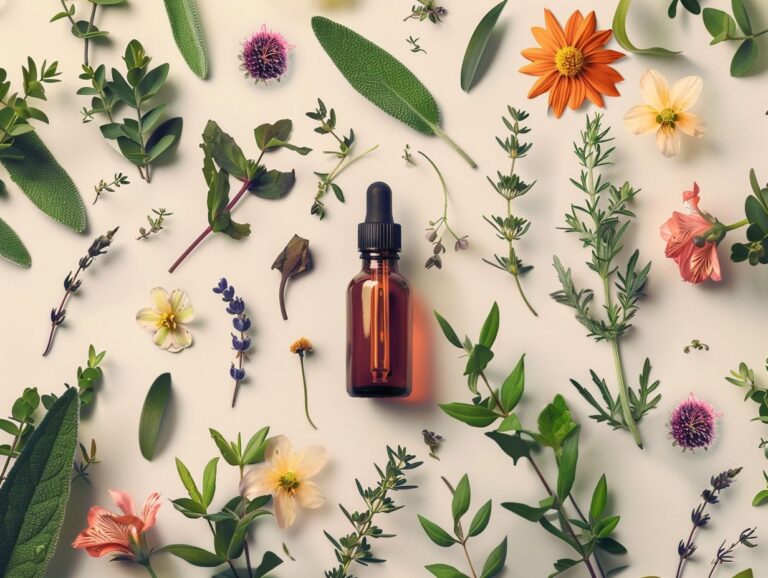

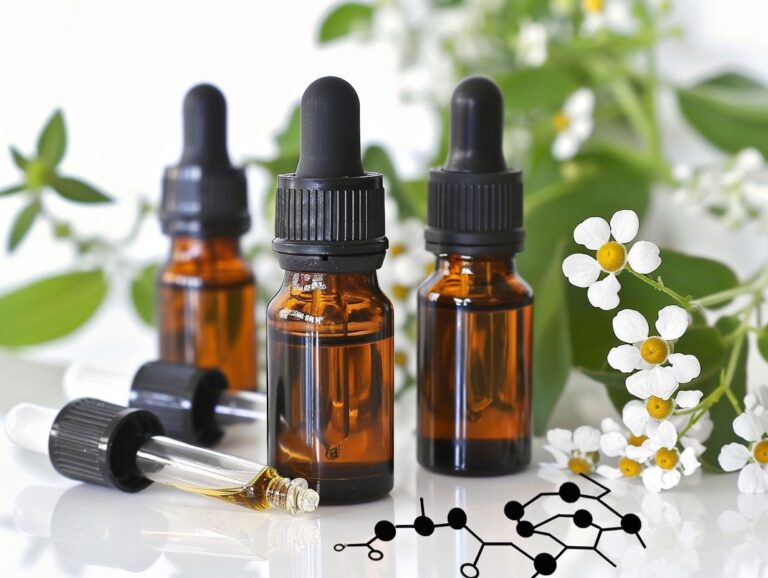
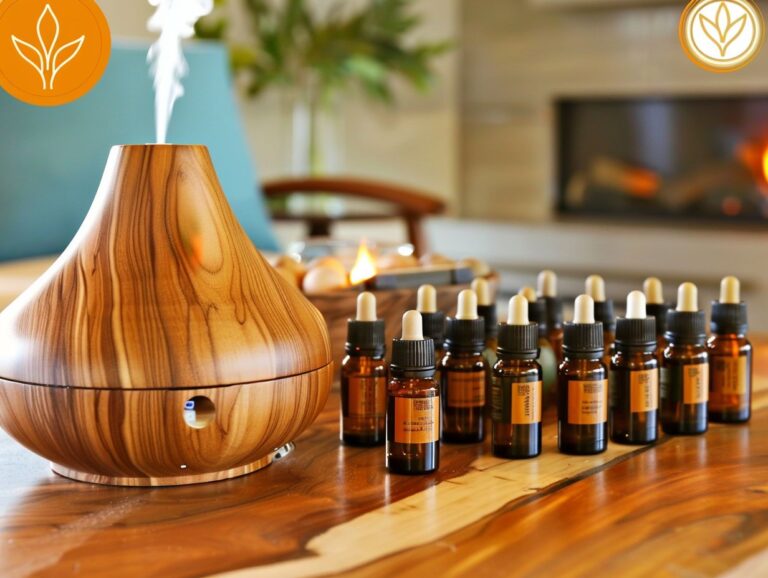

3 Comments